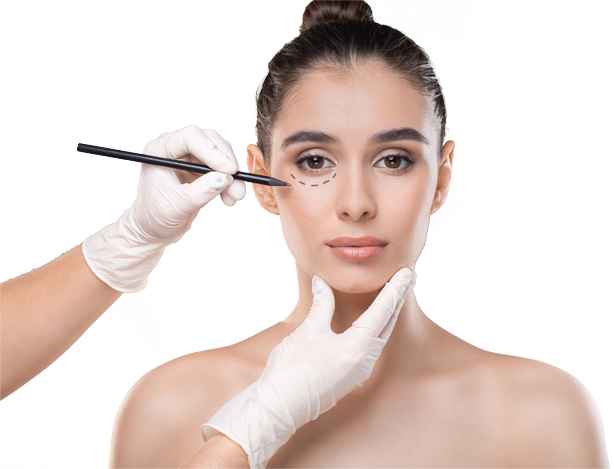Dark spots & pigmentation removal peels
Most Popular Procedures
Dark spots and pigmentation removal peels are a type of chemical peel that can help to reduce the appearance of hyperpigmentation, dark spots, and other skin discolorations. These peels work by using a combination of exfoliating agents and lightening agents to help remove the outer layers of the skin and reduce the appearance of pigmentation.
The specific ingredients and strength of the peel will vary depending on the individual’s skin type and the severity of the hyperpigmentation. Some common ingredients in dark spots and pigmentation removal peels include glycolic acid, salicylic acid, lactic acid, and kojic acid. These ingredients work to exfoliate the skin and increase cell turnover, while also reducing the production of melanin in the skin.
Dark spots & pigmentation removal peels
Multiple Treatment Options
Dark spots and pigmentation removal peels are typically performed in a dermatologist’s office or by a licensed skincare professional. The process involves applying the peel solution to the skin and allowing it to sit for a specific amount of time before neutralizing and removing the solution. Depending on the strength of the peel, some individuals may experience redness, peeling, and flaking in the days following the treatment.
It is important to note that while dark spots and pigmentation removal peels can be effective in reducing the appearance of hyperpigmentation, they may not be suitable for all skin types or all types of pigmentation. It is important to consult with a dermatologist or licensed skincare professional to determine if this treatment is a suitable option for your skin.
Faq
Frequently Asked Questions
A: It may take a few weeks to see results from dark spots and pigmentation removal peels, as the skin needs time to heal and regenerate. Results may also vary depending on the severity of the hyperpigmentation and dark spots.
A: Dark spots and pigmentation removal peels may not be suitable for all skin types, particularly those with sensitive or reactive skin. It is important to consult with a dermatologist or licensed skincare professional to determine if these peels are a suitable treatment option for your skin.
A: Dark spots and pigmentation removal peels may be used to treat melasma, but the treatment may need to be tailored to the individual's skin type and the severity of the condition. It is important to consult with a dermatologist or licensed skincare professional to determine the best course of treatment for melasma.
A: To prepare your skin for a dark spots and pigmentation removal peel, it is important to avoid using any harsh skincare products or treatments for at least a week prior to the treatment. You should also avoid sun exposure and wear sunscreen daily to protect your skin.
A: There are typically no long-term side effects of dark spots and pigmentation removal peels, but it is important to follow proper aftercare instructions to minimize the risk of skin irritation or other complications.
A: Dark spots and pigmentation removal peels may not be suitable for individuals with active acne, as the treatment may further irritate the skin. It is important to consult with a dermatologist or licensed skincare professional to determine the best course of treatment for your skin






